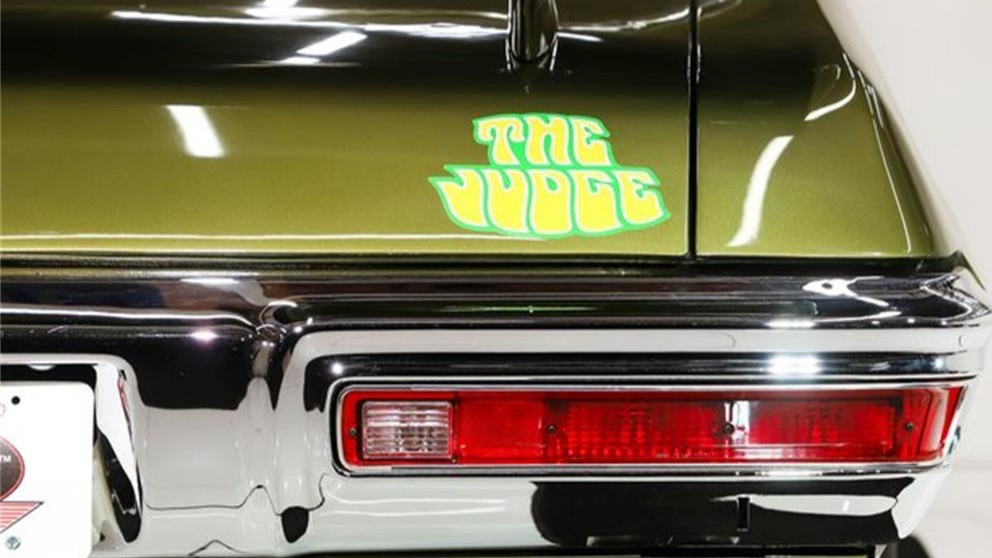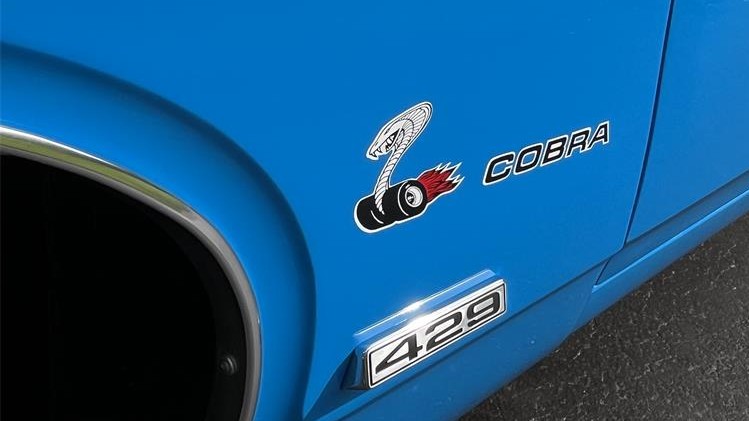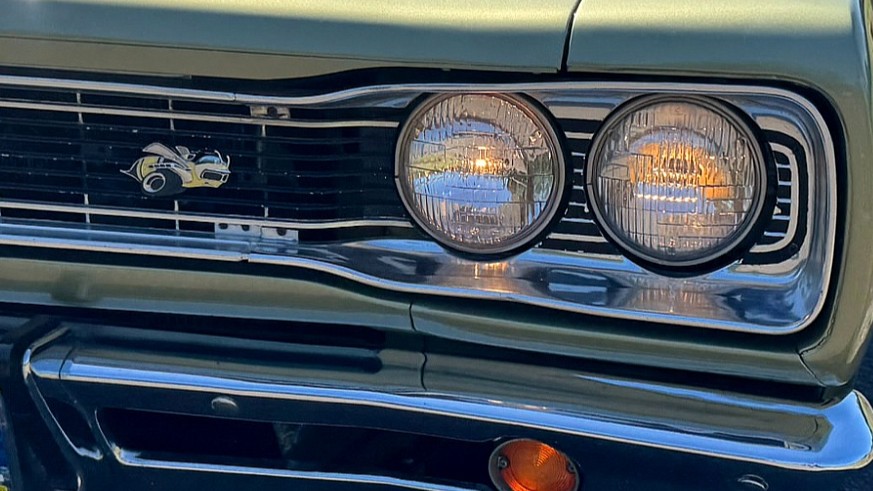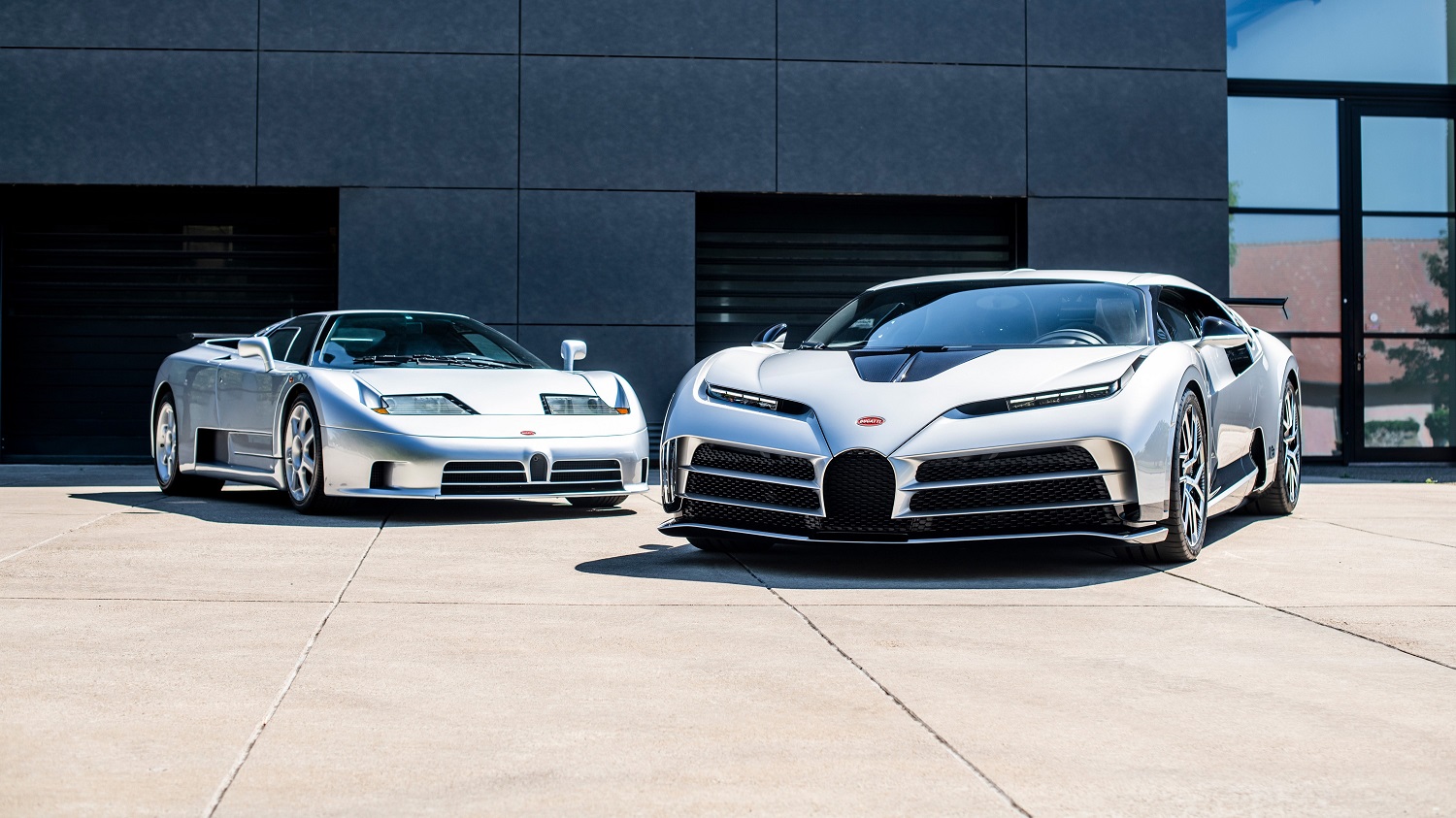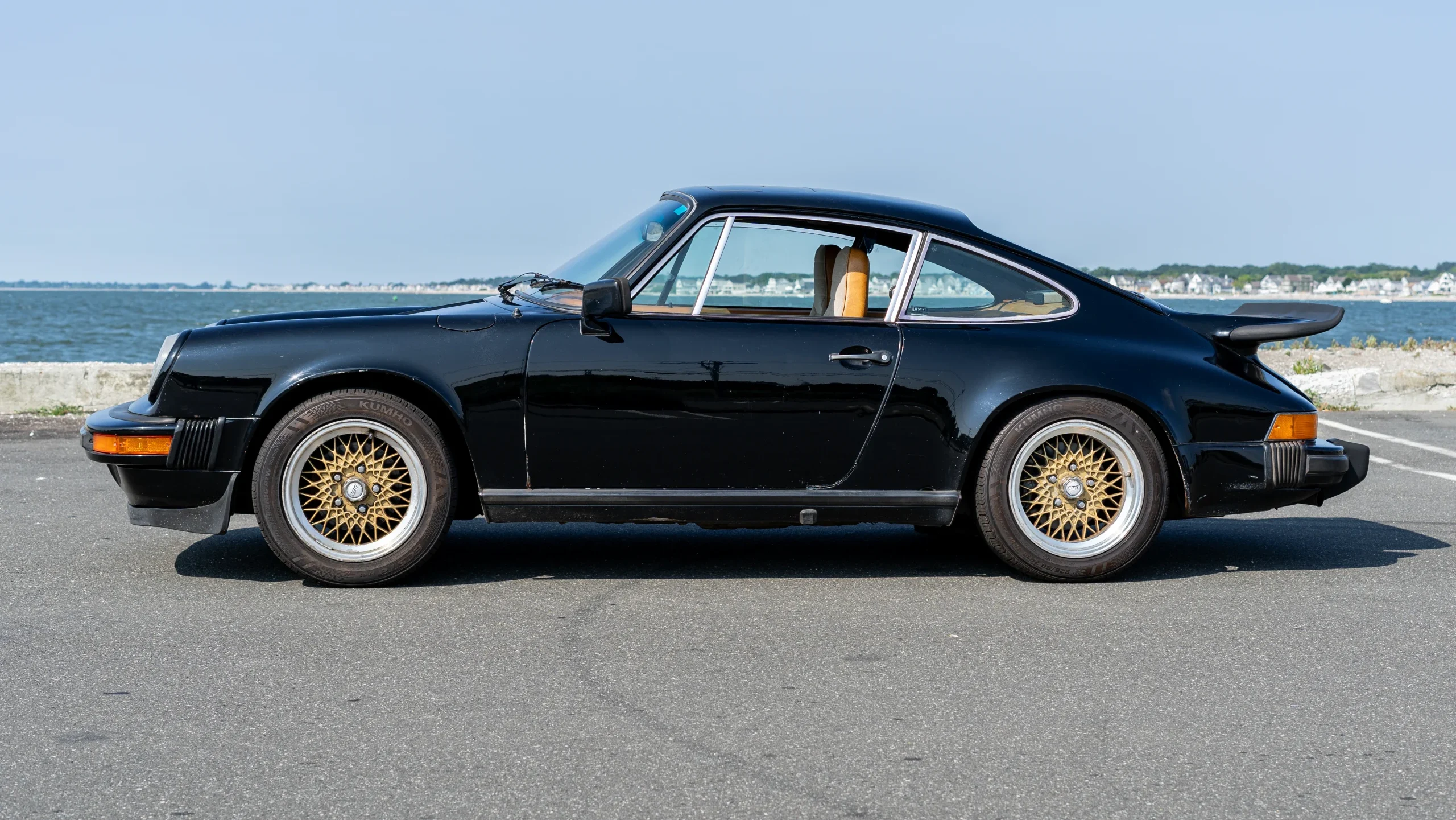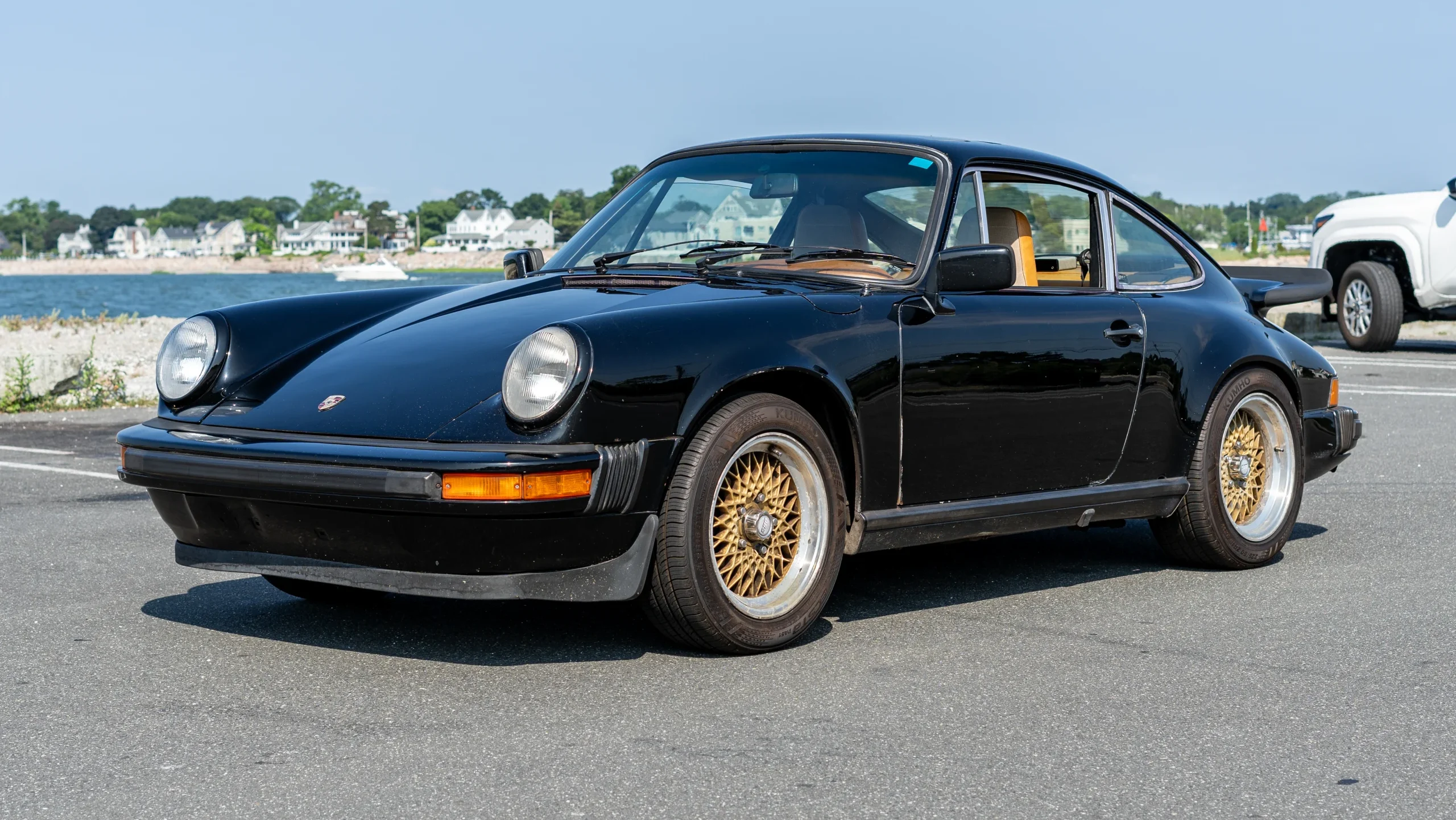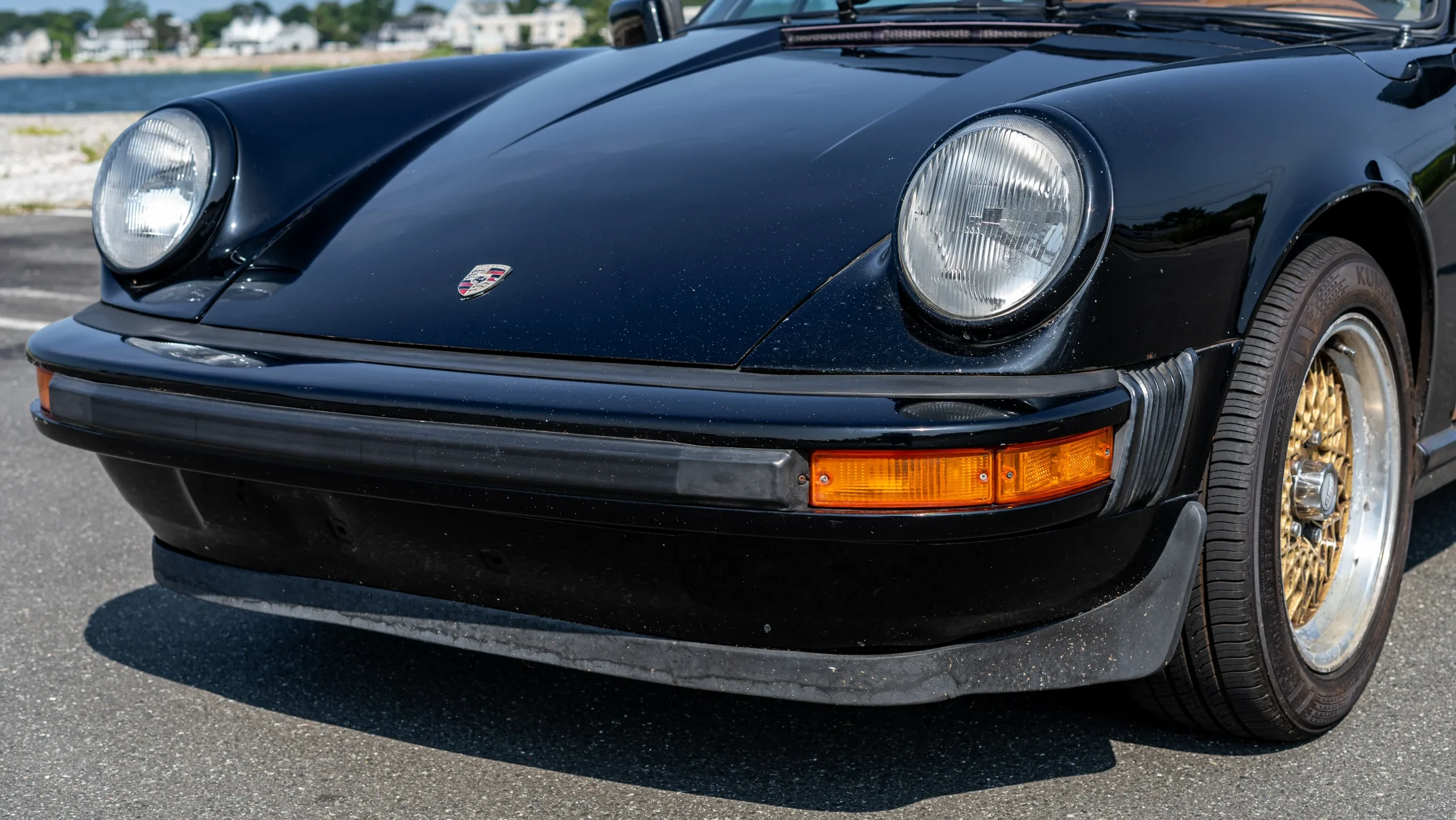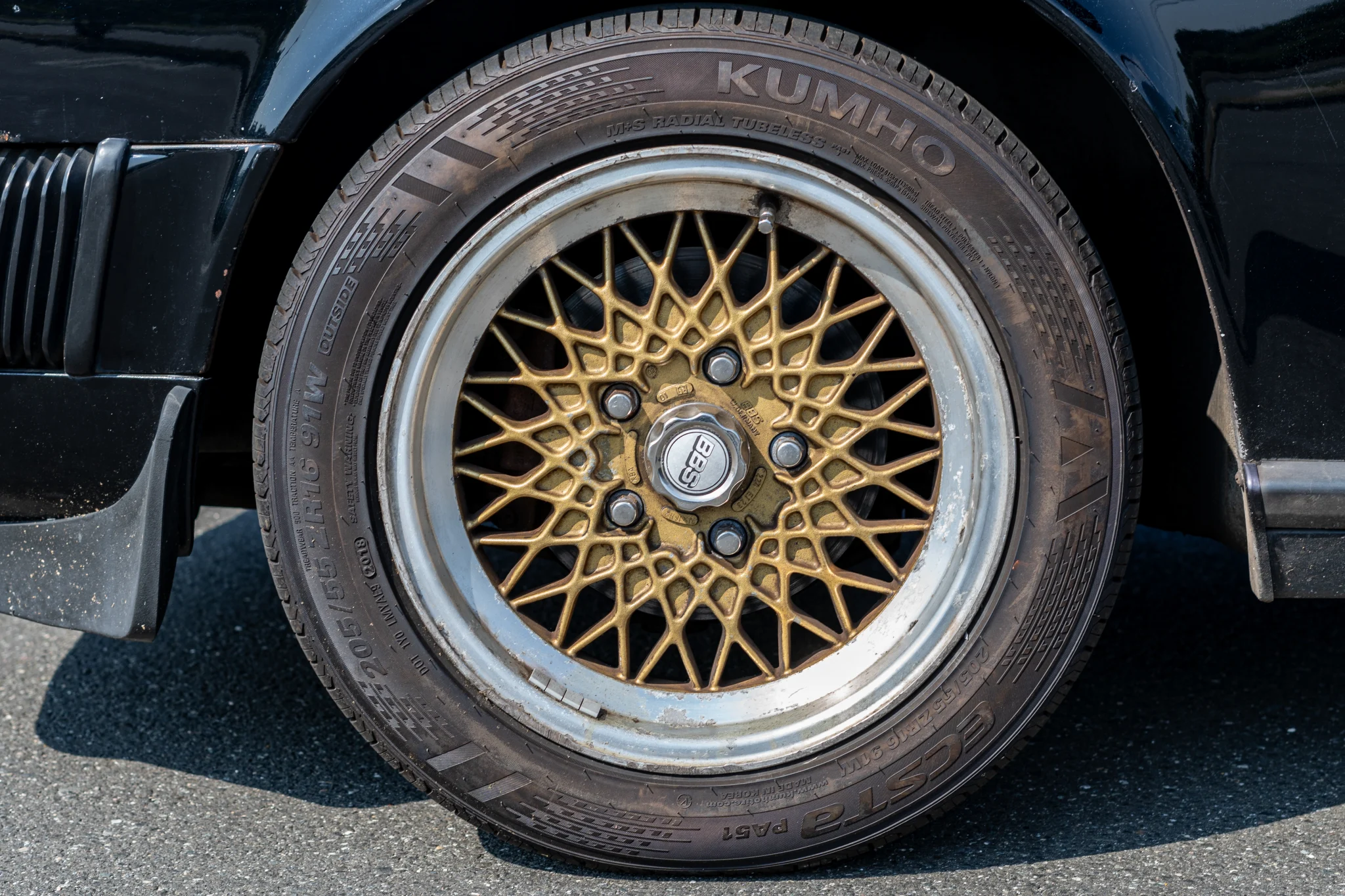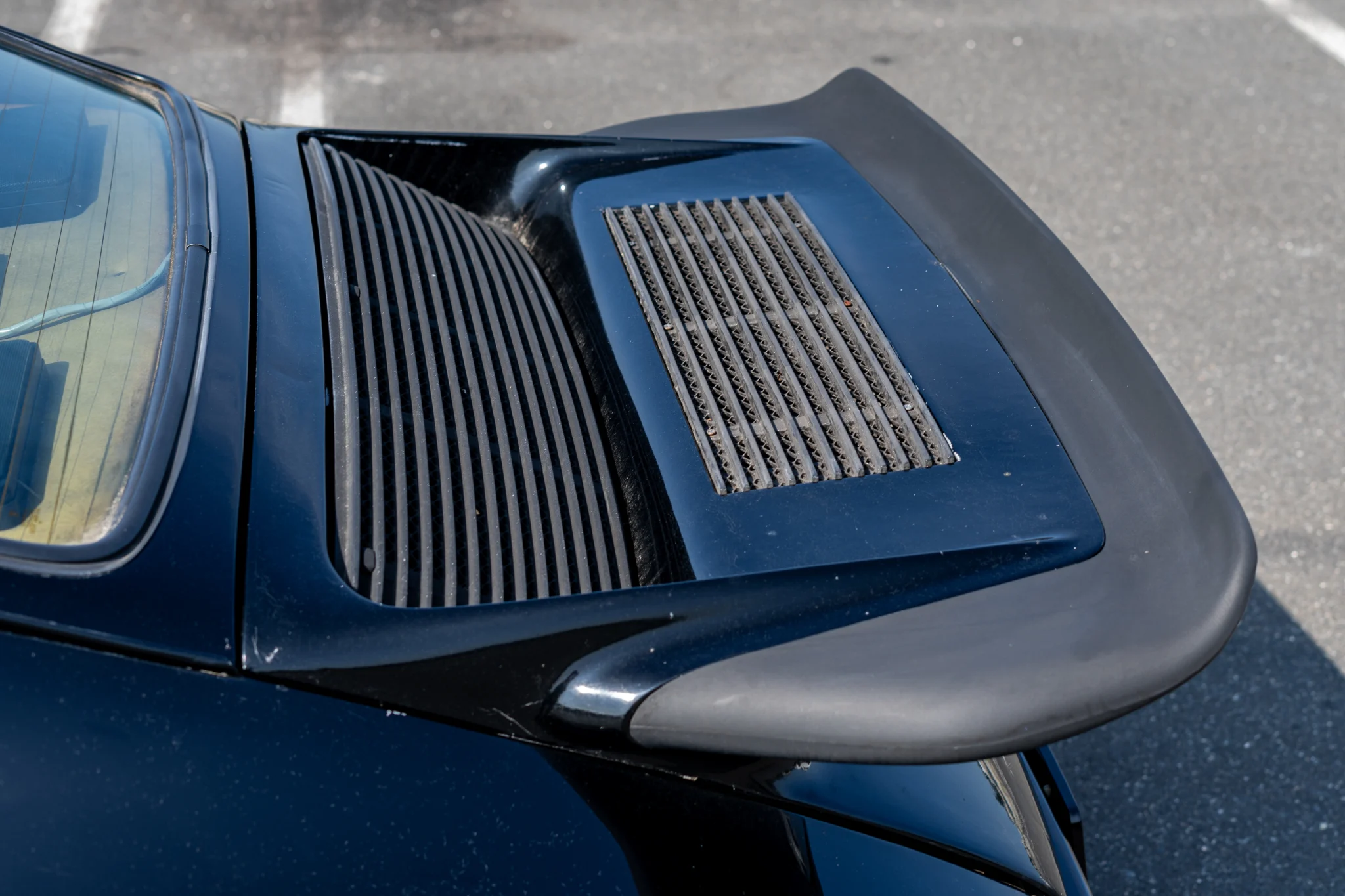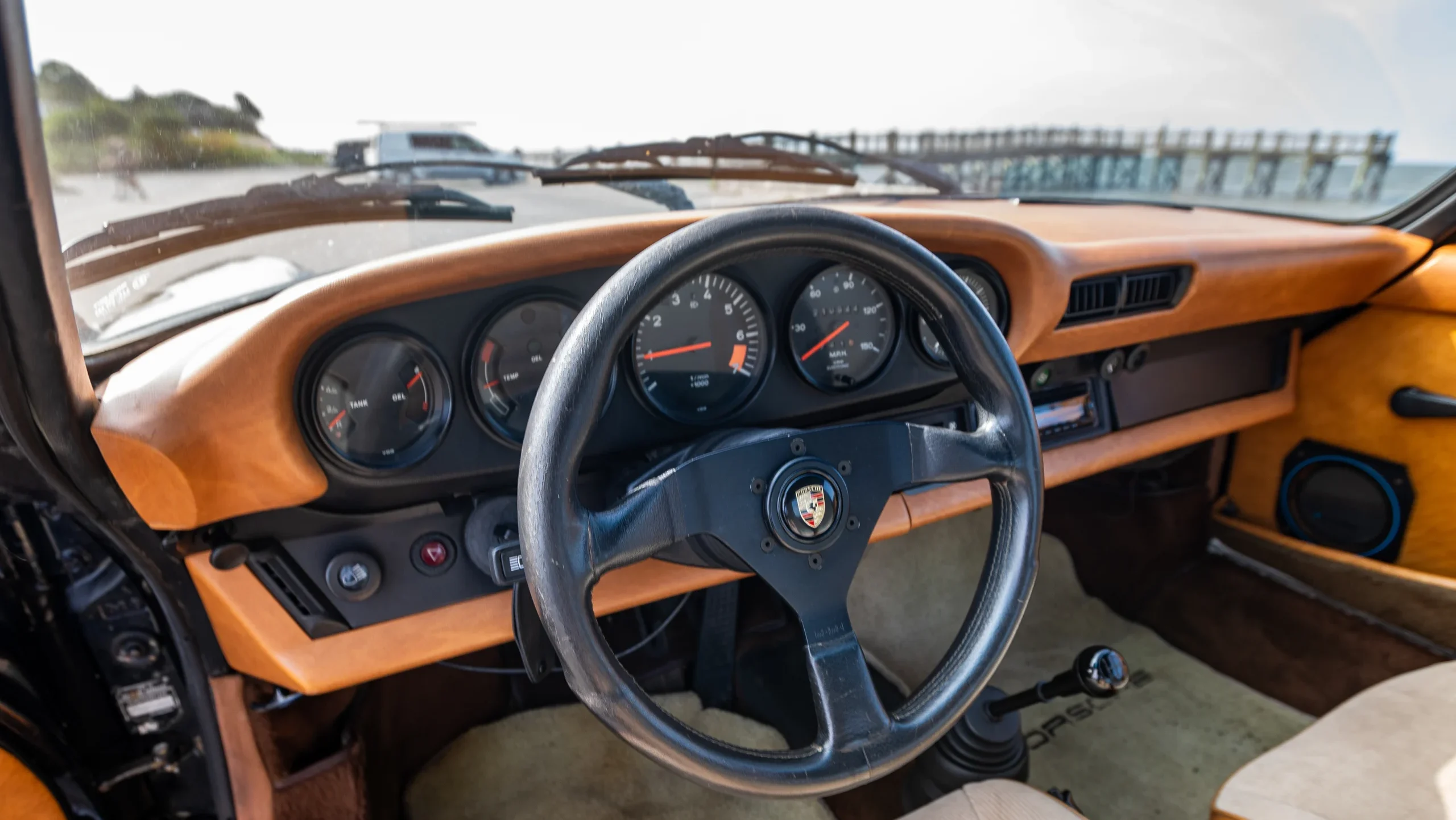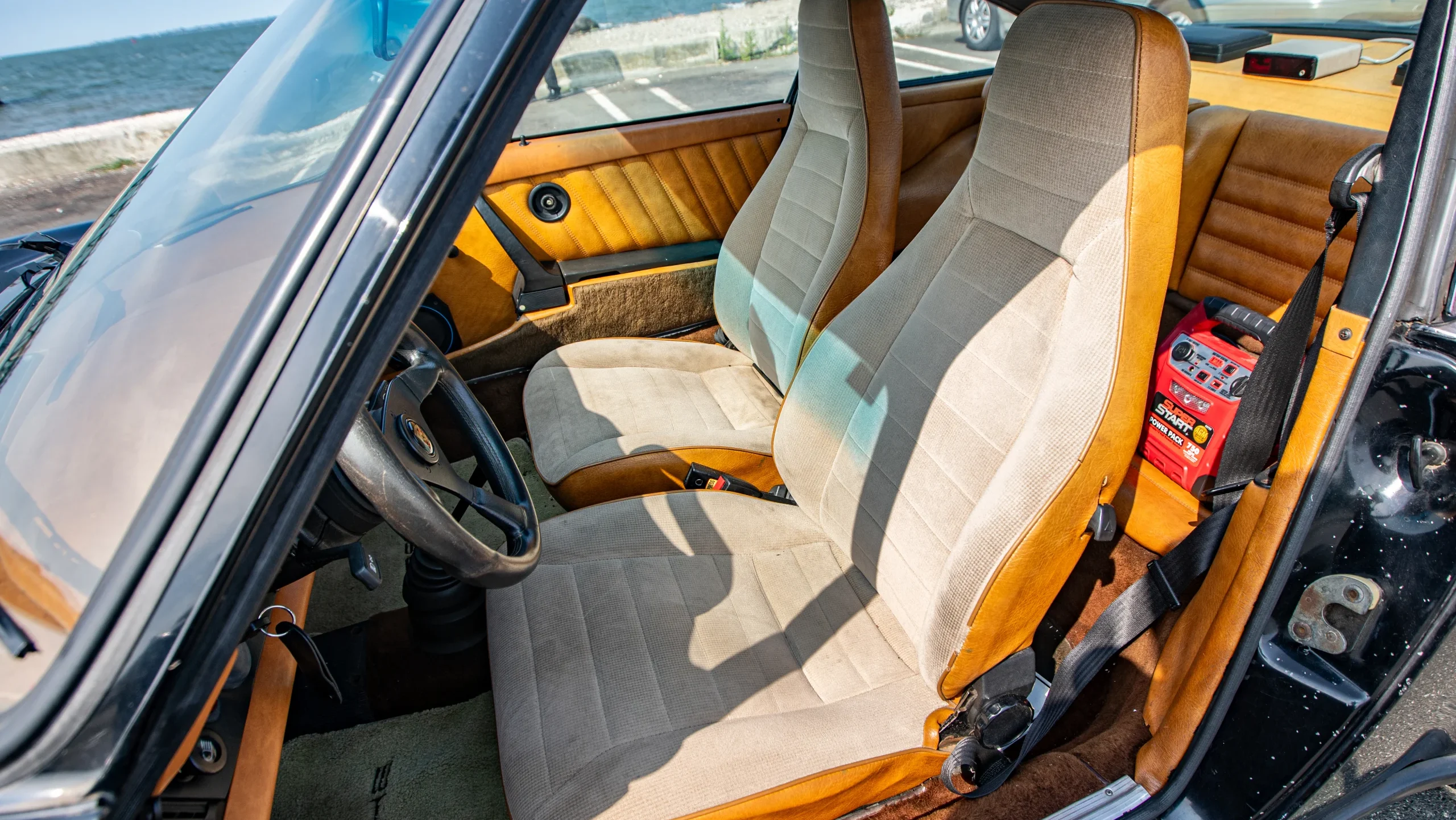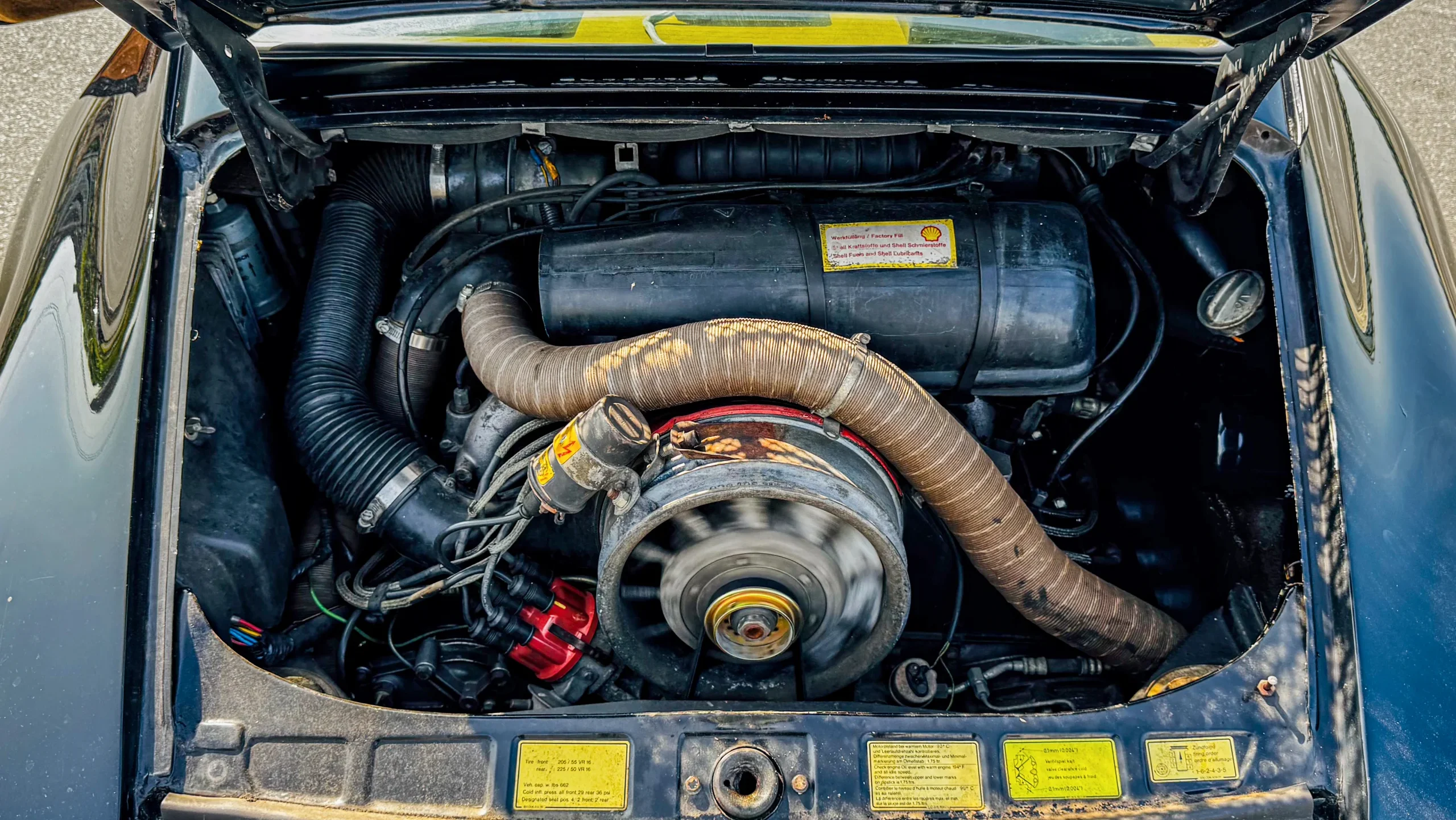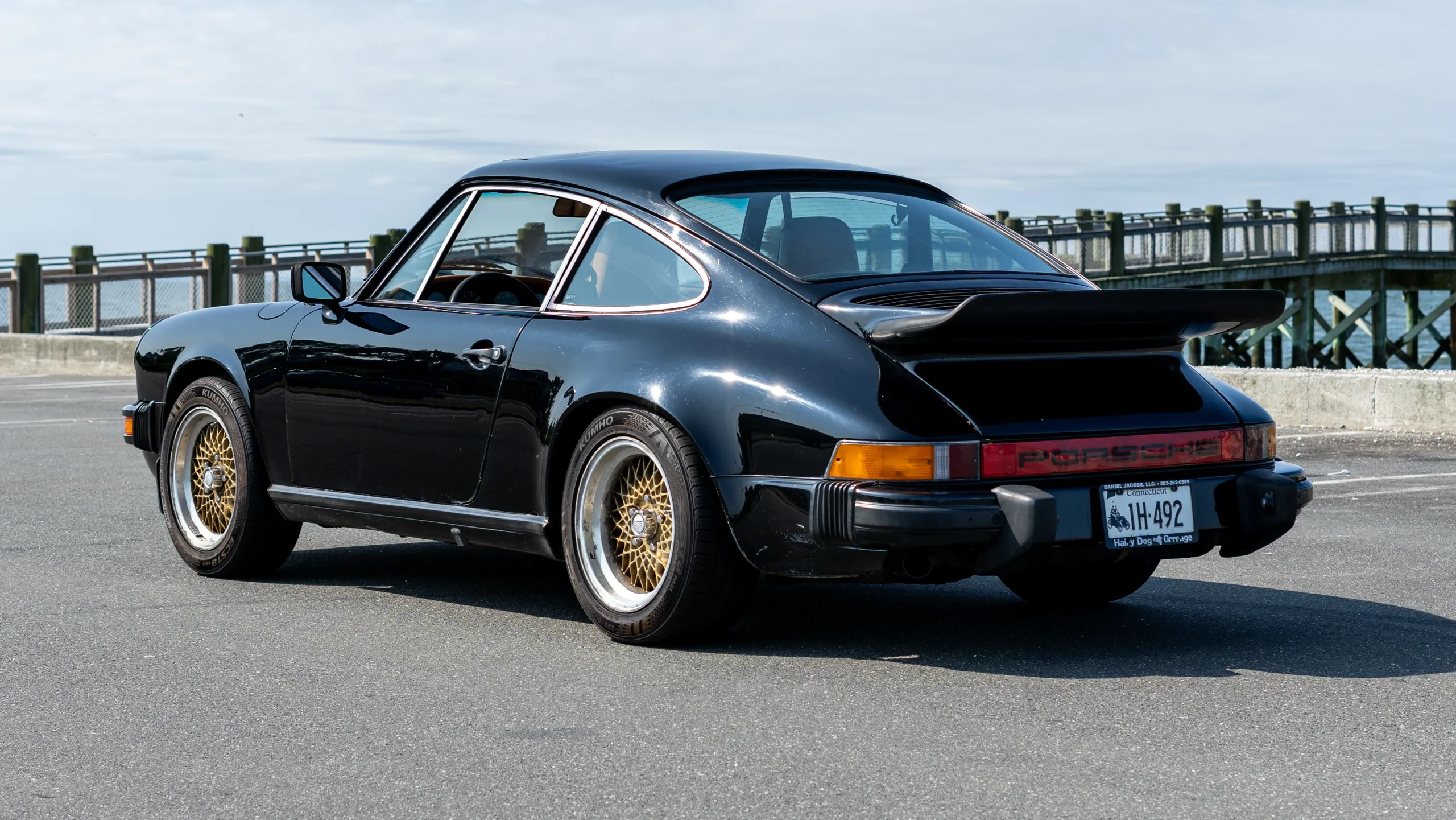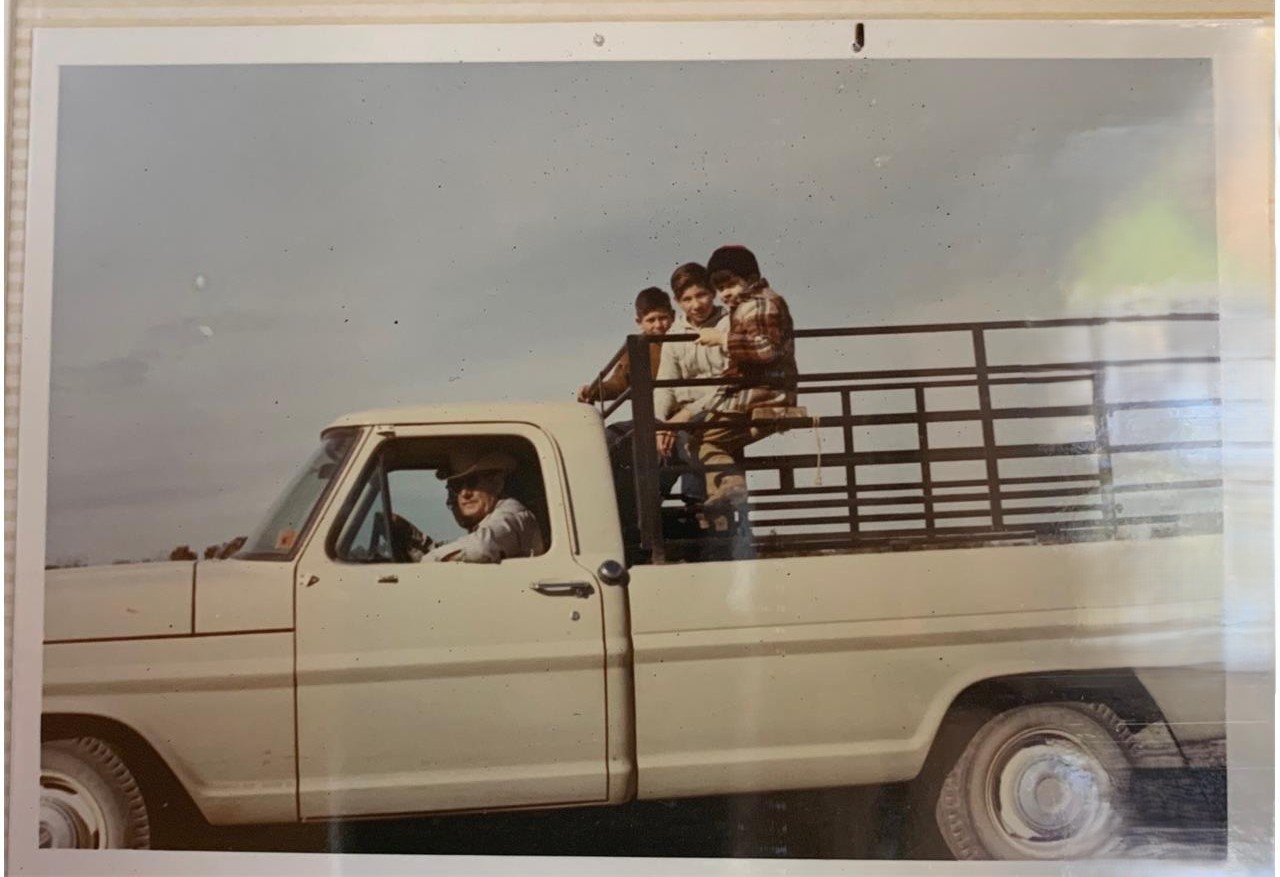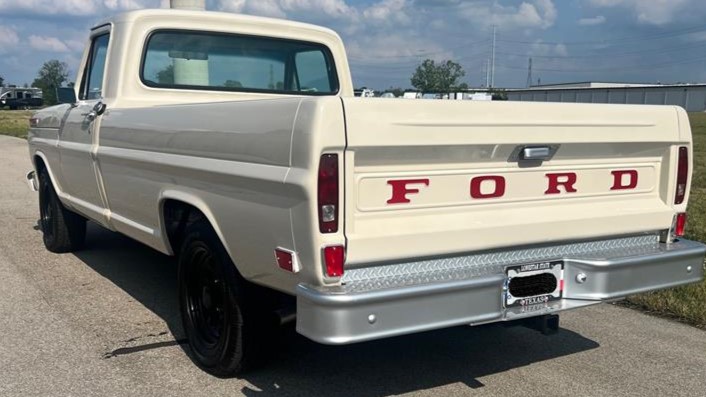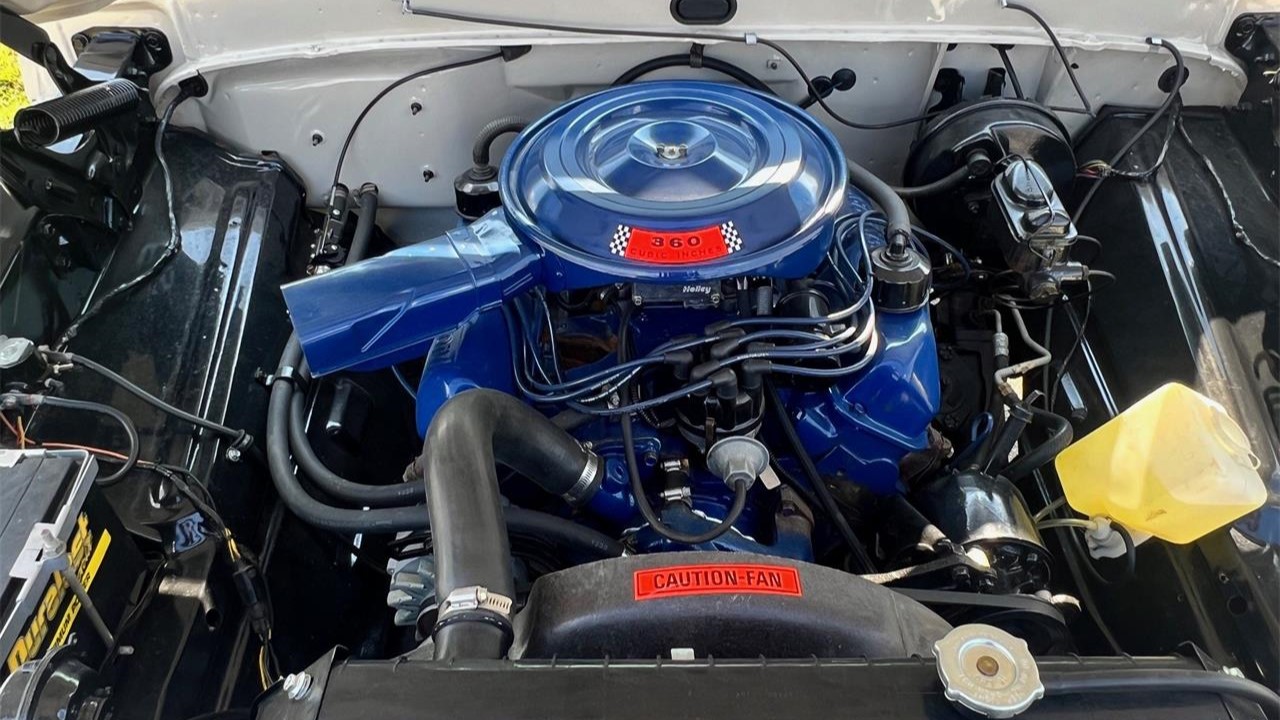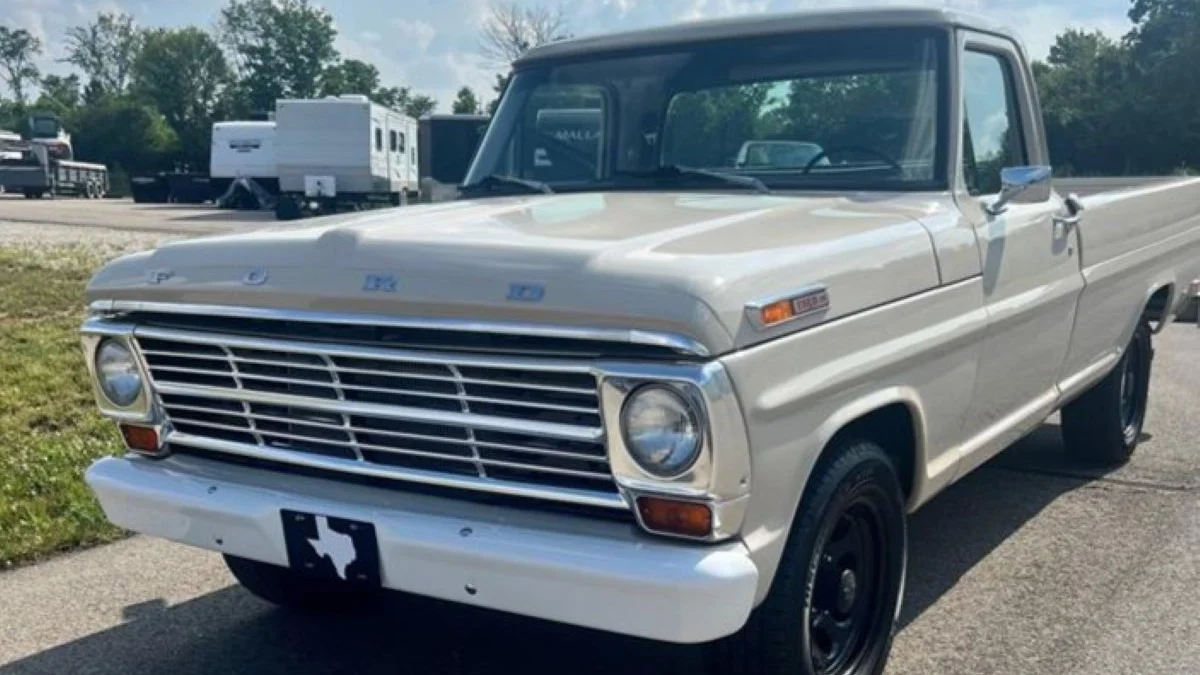Carolyn and Craig Jackson, known for their commitment to the collector car industry and community, will showcase their most recent restoration, a 1936 Bugatti Type 57 Stelvio Chassis No. 57406, during this year’s Pebble Beach Concours d’Elegance on Sunday, August 17 in Carmel, California. The freshly restored Bugatti, which will be exhibited in the European Classic class, reflects the Jacksons’ efforts to make the Stelvio closer to a sound vintage rally car and honor the car’s previous owner and their friend, Don Williams. The Pebble Beach Concours will be the first public appearance of the car since its restoration. Additionally, the Jacksons will display “Little Red,” one of the most historically significant Shelby Mustangs ever built, at The Quail, A Motorsports Gathering, on Friday, August 15, 2025.
“We were deeply honored to assume stewardship of the Bugatti Type 57 previously owned by my close friend, Don Williams,” said Craig Jackson, chairman and CEO of Barrett-Jackson. “When working with my team, we not only wanted to ensure the Bugatti was mechanically sound but honor Don’s legacy and his love for the craftsmanship and design of this beautiful car. It’s especially rewarding to showcase this Bugatti during this year’s Monterey Car Week, where fellow auto aficionados and collectors from around the world can share our passion for this newly restored Bugatti.”
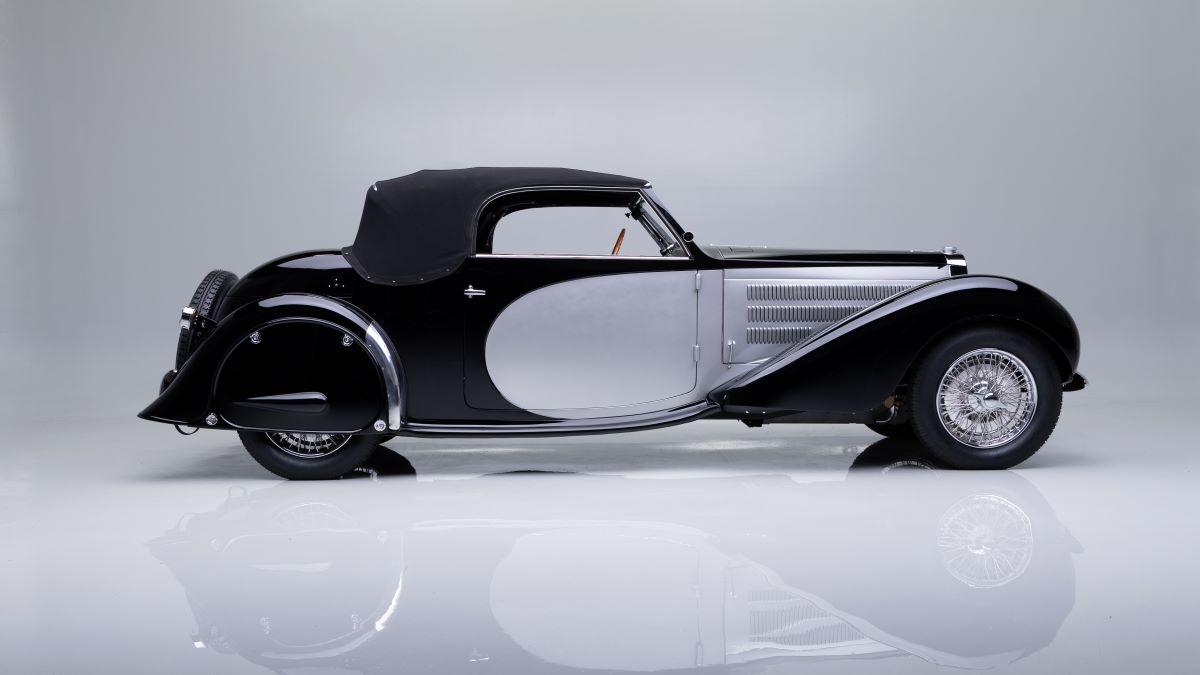
Examined by Bugatti Heritage and Certification Specialist Luigi Galli, the Bugatti retains its original No. 286 engine, No. 98C transmission (typically seen in a supercharged Stelvio), No. 427 rear axle and its No. 80 internal frame. Under Jackson’s leadership, the engine was completely rebuilt, the chassis was stripped and sandblasted and the body was fully repainted a deep, rich PPG black. Jackson selected a striking silver for the “sweep panels” that matches his 2023 Bugatti Chiron, creating a visual bridge between the marque’s prewar elegance and modern hypercar performance.
“Carolyn and I are very proud of the work that our talented team poured into the restoration of the Bugatti, and to have this historic vehicle as part of our collection,” said Jackson. “We’re honored to now be a part of this car’s rich provenance, which includes its original owner, Mr. R. Petit, as well as French actor Jacques Dufilho, 12 Hours of Sebring founder Alec Ulmann, the Blackhawk Museum and Don Williams. We’re committed to preserving it for the next generation of collectors.”
Further highlighting the Jacksons’ dedication to preserving automotive history, they will also showcase “Little Red” at The Quail, A Motorsports Gathering. One of the most historically significant Shelby Mustangs ever built, the 1967 Shelby GT500 EXP prototype nicknamed “Little Red” is the only twin supercharged Shelby ever built and is equipped with a 428ci engine and dual four-barrel carburetors. “Little Red” was lost for decades, Jackson led the five-year effort to locate, recover and restore the coupe to its original factory specifications.
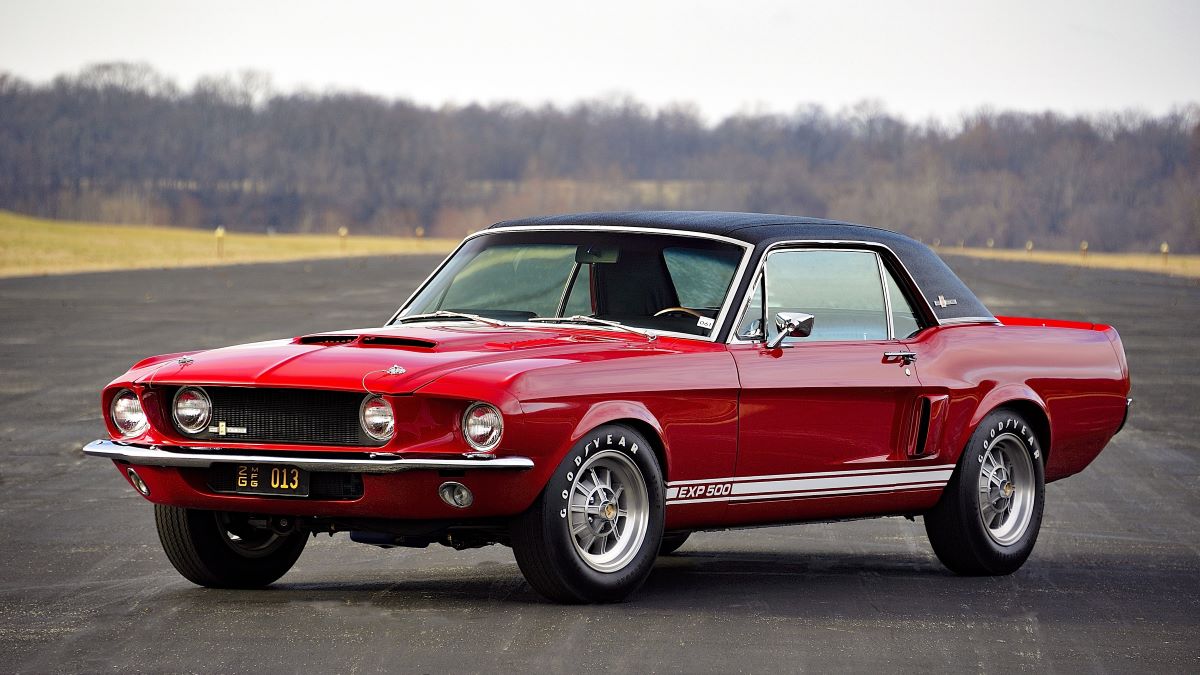
“I’ve had the privilege of learning how to work on and restore cars with my late brother Brian, as well as my father Russ, Don Williams and Tom Barrett,” said Jackson. “The opportunity to present our restored Bugatti connects all of us to its legacy of craftsmanship and innovation that has shaped the automotive industry for over a century. Carolyn and I will continue to be part of world-class events that preserve and elevate timeless vehicles – whether it’s a rare European classic or a one-of-one American icon.”

